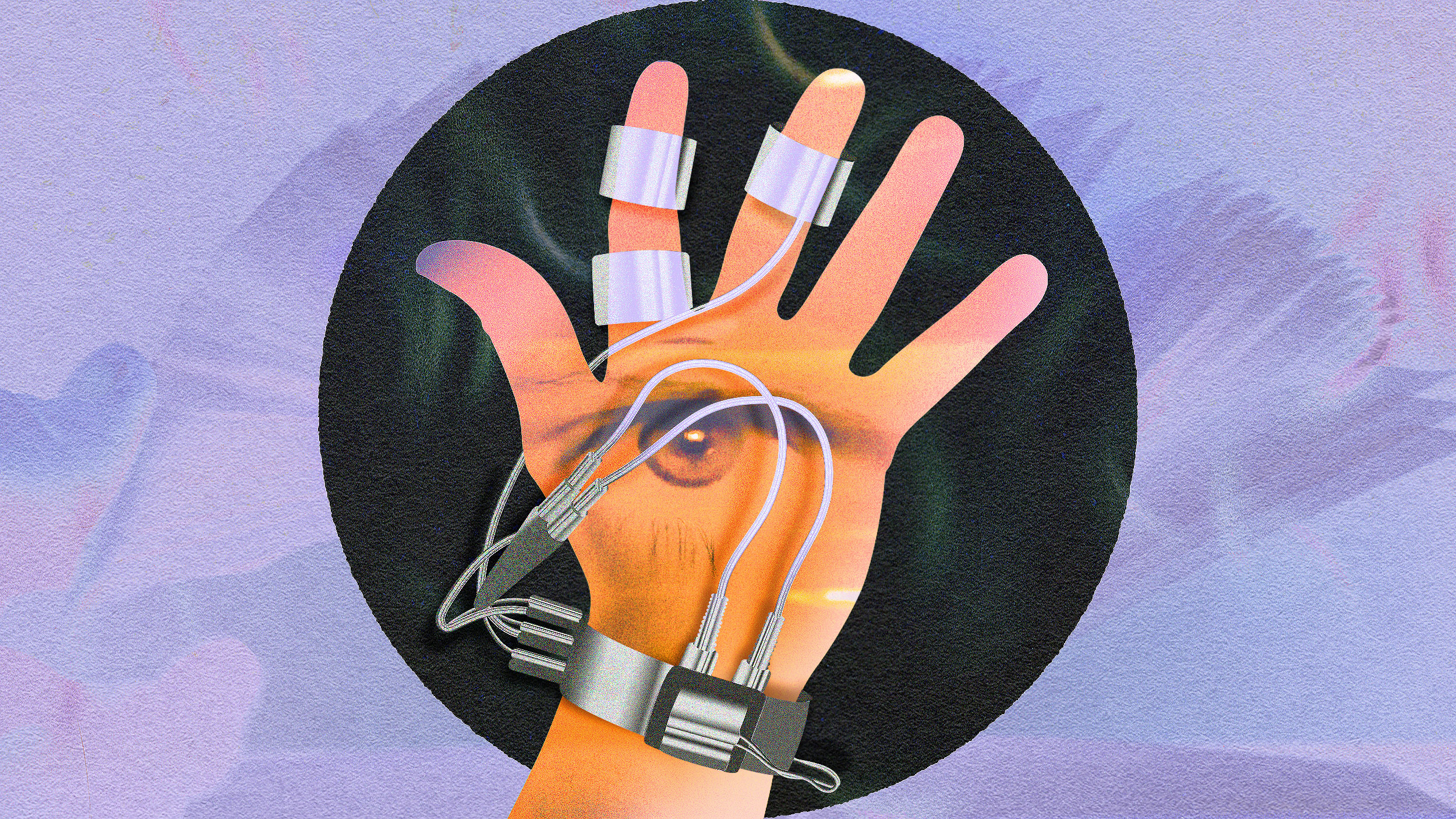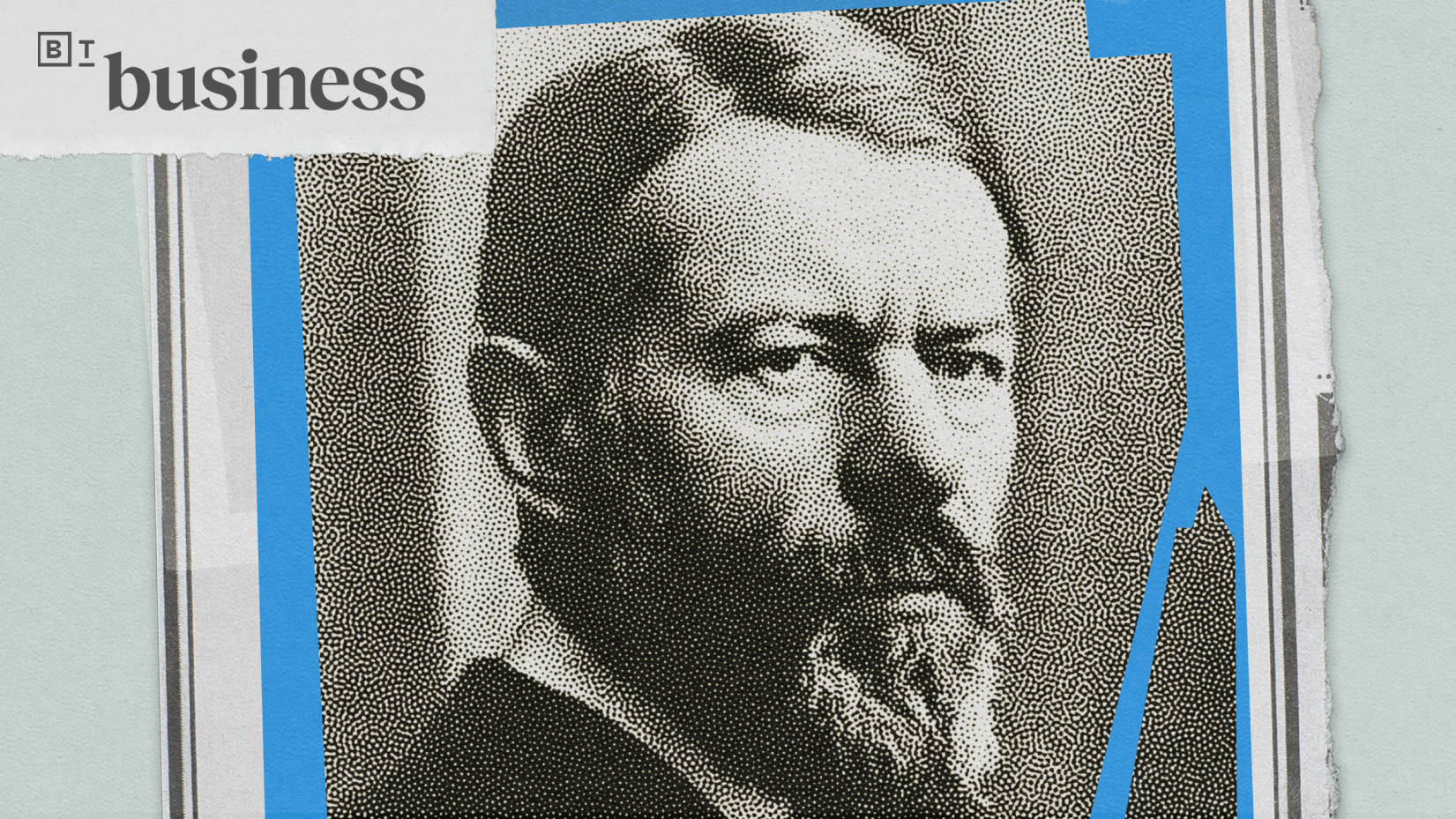In appropriate contexts, the art of persuasion can go a long way. Wharton School of Business professor Jonah Berger shares three strategies for getting your peers and target audiences to “yes.” Learn how to make your communication more convincing and easier to agree with.
JONAH BERGER: A number of years ago, some researchers were interested in what gets people to say, yes,
ACTOR 1: Yes.
ACTRESS 1: Yes.
ACTOR 2: Yes, drill sergeant!
BERGER: Whether we're salespeople, whether we're bosses, or even in our own personal lives, we're trying to get other people to do something. And so, how can we be more effective at doing that?
If you understand the science of language, you can communicate much more effectively. I'm Jonah Berger, I'm a professor at The Wharton School at the University of Pennsylvania and bestselling author of "Magic Words."
The most fascinating thing I've found from the work that we and others have done is that subtle shifts can have such a big impact. Adding a couple letters to the end of a word can increase the likelihood that other people do what you ask them.
So, some researchers a couple years ago went to a local preschool, and they asked four or five-year-old kids to clean up a messy classroom. The floor was covered in crayons and toys and books, and they asked the kids for help cleaning up. For some of the kids, they used a normal approach we might use. They said, "Hey, can you help clean up?" But for the second half of the kids, they tried a slightly different strategy. They asked them, "Would you mind being a helper and cleaning up the classroom?" Now, the difference between asking for help and asking for someone to be a helper is infinitesimally small. It's adding two letters at the end of the word help. Yet, those two letters led to about a 50% increase in people's likelihood of helping.
Again, the difference between vote and voter is infinitesimally small, just one letter in this case. Yet, that one letter led to about a 15% increase in people's likelihood of turning out at the polls.
What's the difference between help and helper and vote and voter? Why might one be more effective than the other? It turns out it comes down to the difference between actions and identities. We all want to see ourselves as smart and competent and intelligent in a variety of different things. So, rather than describing someone as hardworking, describing them as a hard worker, will make that trait seem more persistent and more likely to last. Rather than asking people to lead more, telling them, "Can you be a leader?" Rather than ask them to innovate, "Can you be an innovator?" By turning actions into identities, we can make people much more likely to engage in those desired actions.
Another way to get people to listen is by showing confidence. All of us know someone in our lives that's particularly charismatic. When they open their mouths, whether to tell stories or make presentations, everybody listens. How do they do it? How are they so charismatic? What makes them so effective as communicators? It turns out some insight into that question can come from a recent President of the United States. He's done a great job, whether you like him or hate him, of convincing his audience to listen and take action on it.
DONALD TRUMP: We're going to win in Iowa. We're going to win these caucuses at levels that people haven't seen before. You know, we set the record last time. We're going to set it again, bigger and better. And next November, we're going to very simply make America great again, right?
BERGER: The thing that he's doing is the same thing that transformational leaders do. Is the same thing that great salespeople do. Is the same thing that noteworthy entrepreneurs do. Trump speaks with a great deal of confidence. One way he communicates that confidence is what's called linguistic certainty. He communicates using certain language. He speaks in fact, with a lot of what some people might call definites - "It's obvious," "everyone agrees," "the answer is clear" - regardless of whether it's true.
TRUMP: We can build any city at any time, and we can build it better than anyone. You know it, I know it, everybody knows it.
BERGER: Not surprisingly, this certainty makes him more persuasive. And so, the language of confidence can increase the likelihood that other people do what you ask them. A couple years ago, I was working with a coaching client that was trying to become a more effective salesperson. What they were saying when they were pitching their ideas, were full of ums and uhs, and even likes from time to time - what people might call fillers.
ELON MUSK: Um, like free speech used to be uh, a left or liberal value. And, and, and yet we, we see uh from, you know, the in quotes left uh a desire to actually censor um and uh that, that seems crazy.
BERGER: We use fillers all the time. Even the best of us use fillers. We use them to essentially buy conversational time. But if we're saying, um and uh all the time, it makes us seem like we don't know what we want to say, which leads our audience to be less likely to listen to us. And so, what do we do about this? How do we overcome these fillers? First, just try pausing instead. We all need time to think, but great speakers often pause rather than filling in those blanks with ums or uhs.
BARACK OBAMA: I'm here today because this is one of those pivotal moments when every one of us as citizens of the United States need to determine just who it is that we are. Just what it is that we stand for.
BERGER: The second thing I would say - it's really painful to do, but I've done it and it's worth trying - just record yourself talking. Record that audio, get it transcribed, and look at what you're saying. It's going to be painful. It's painful listening to ourselves, even more painful reading. But by seeing how we use language, we can be more persuasive and more memorable. While we might think that some people are just naturally good at this, and others aren't, it's actually not something you're born with. The good news is it's not random, it's not luck, and it's not chance. There's a science behind how language works and how we can use it more effectively.







